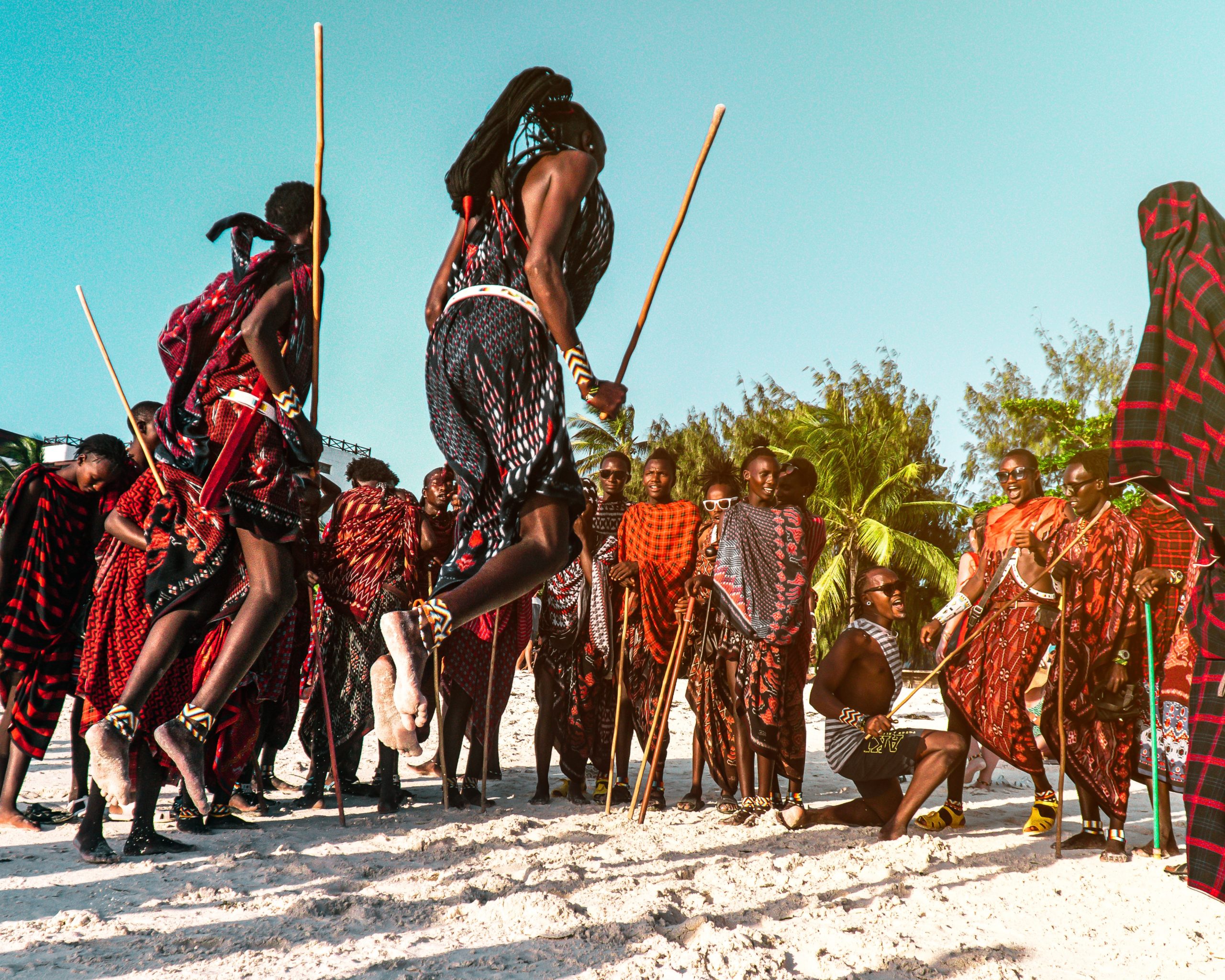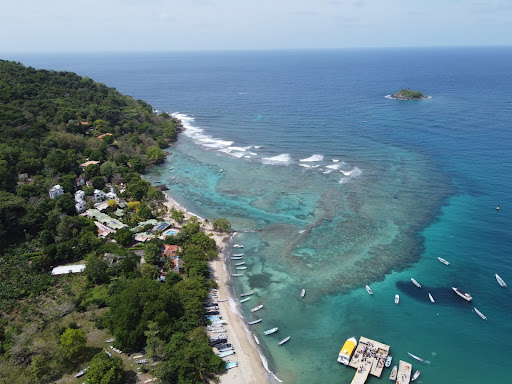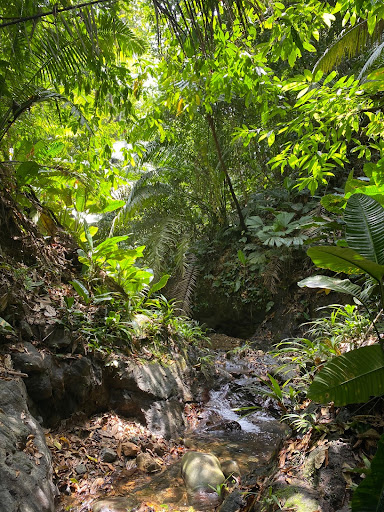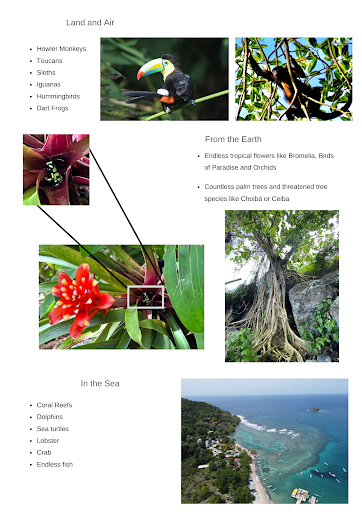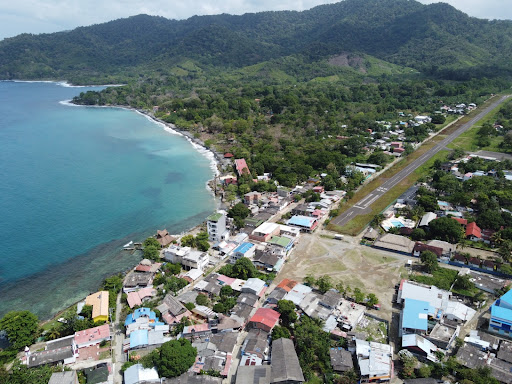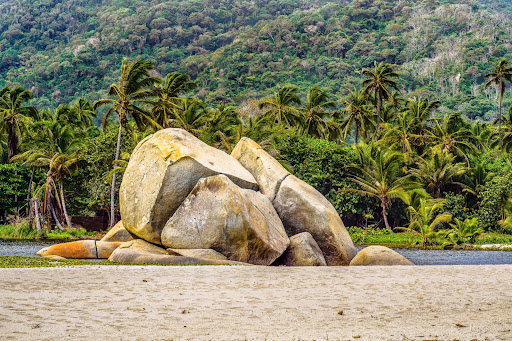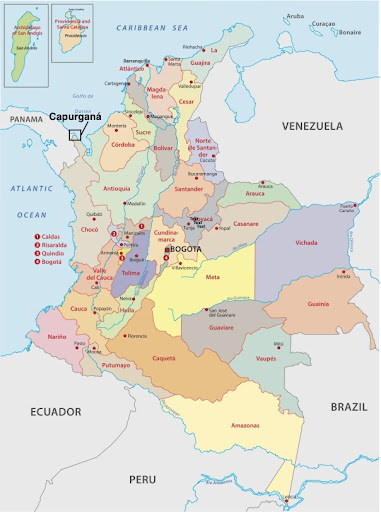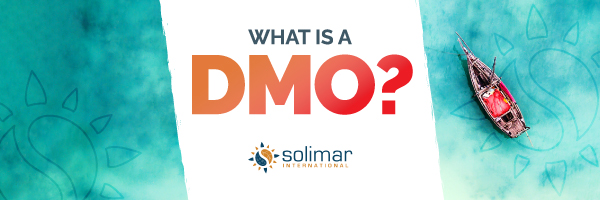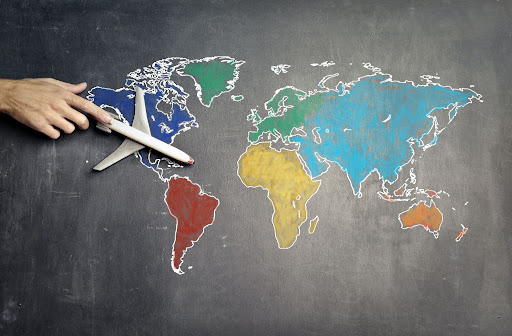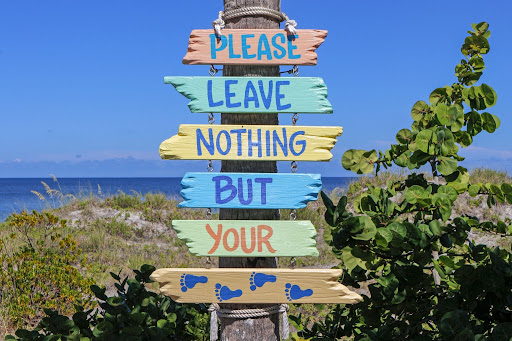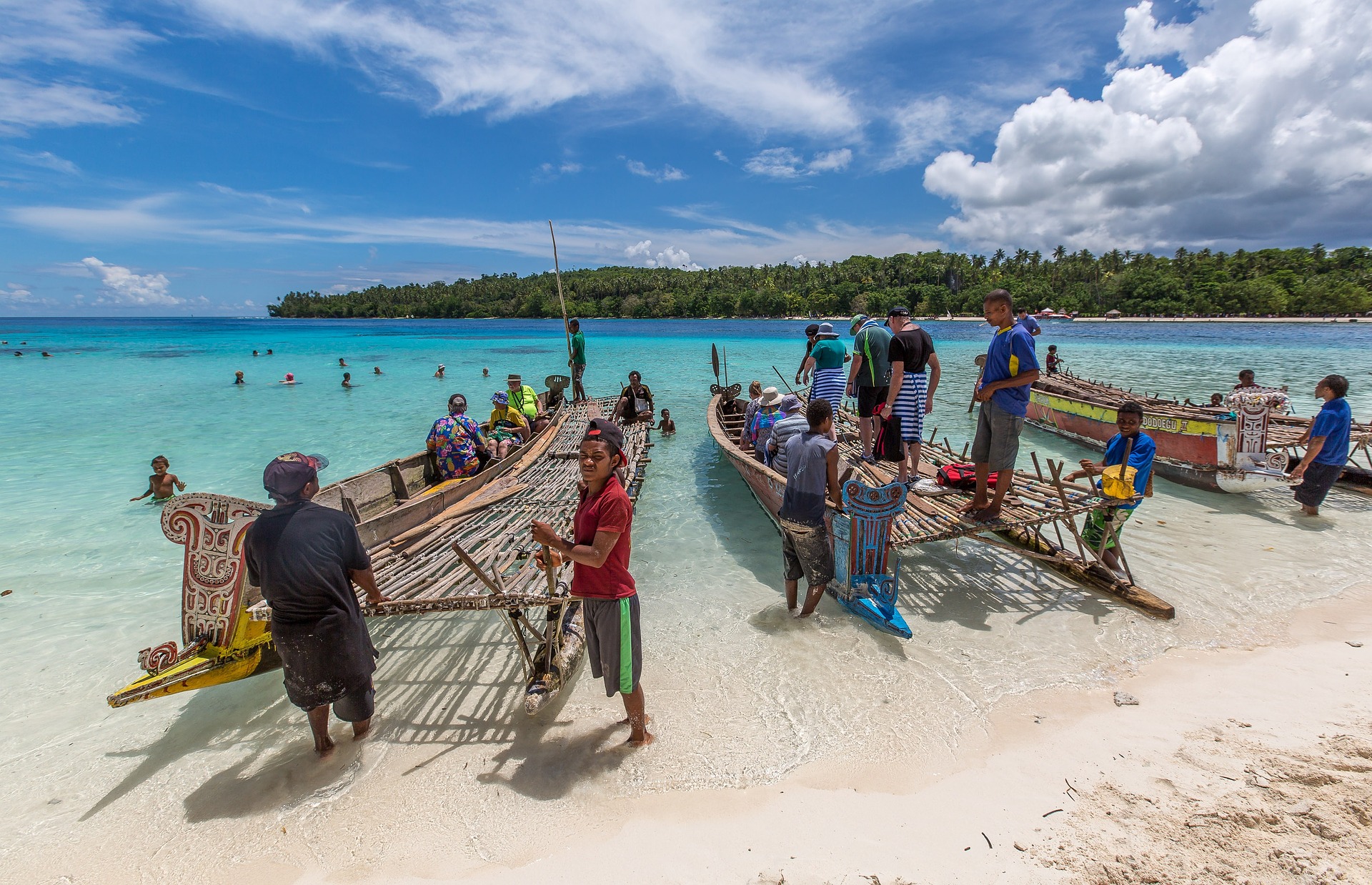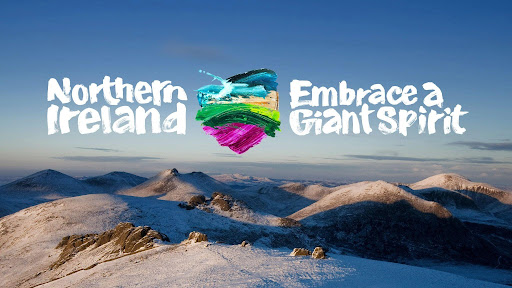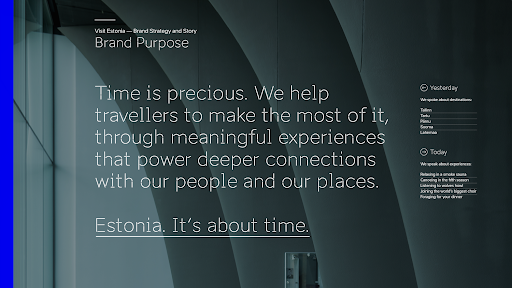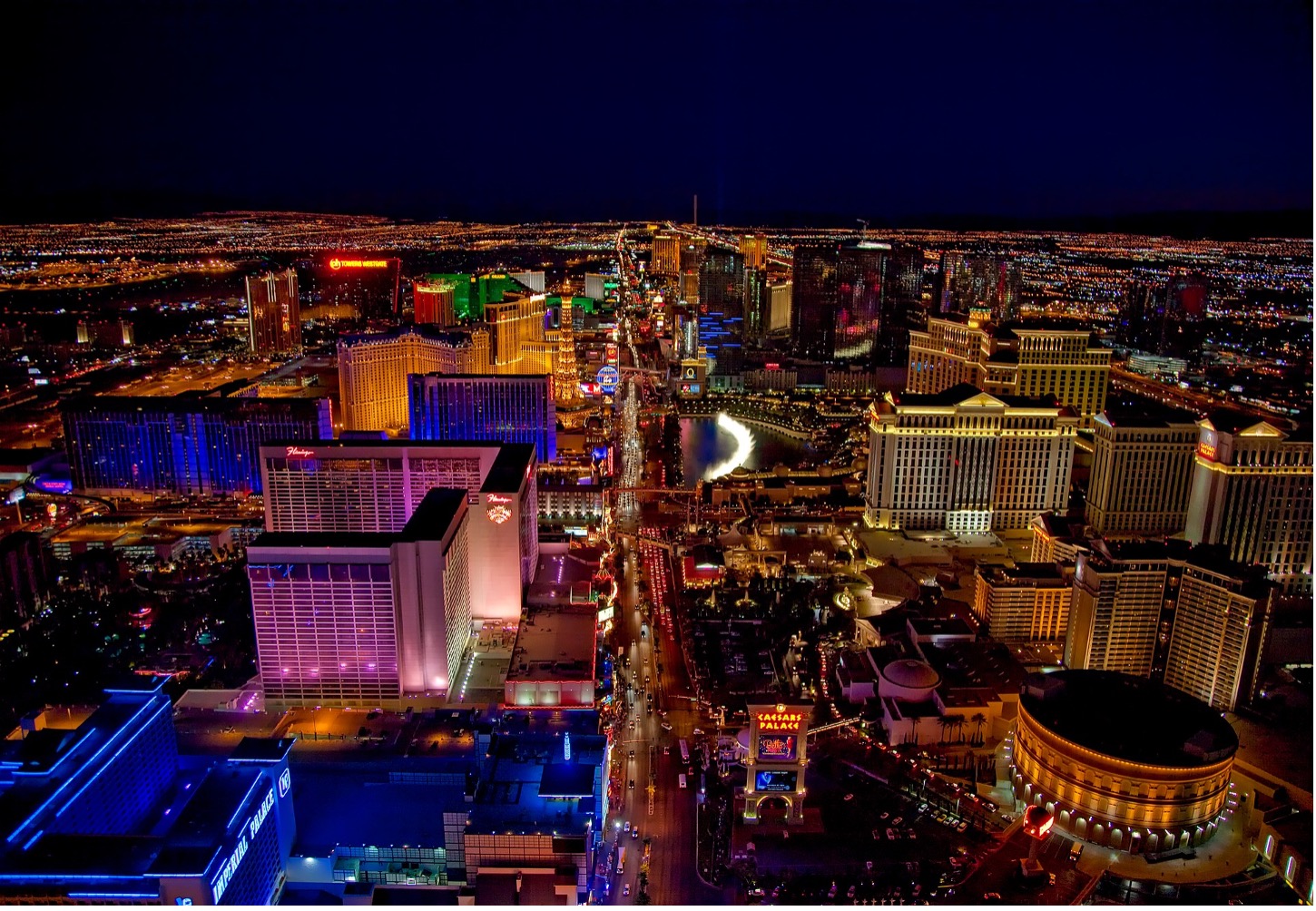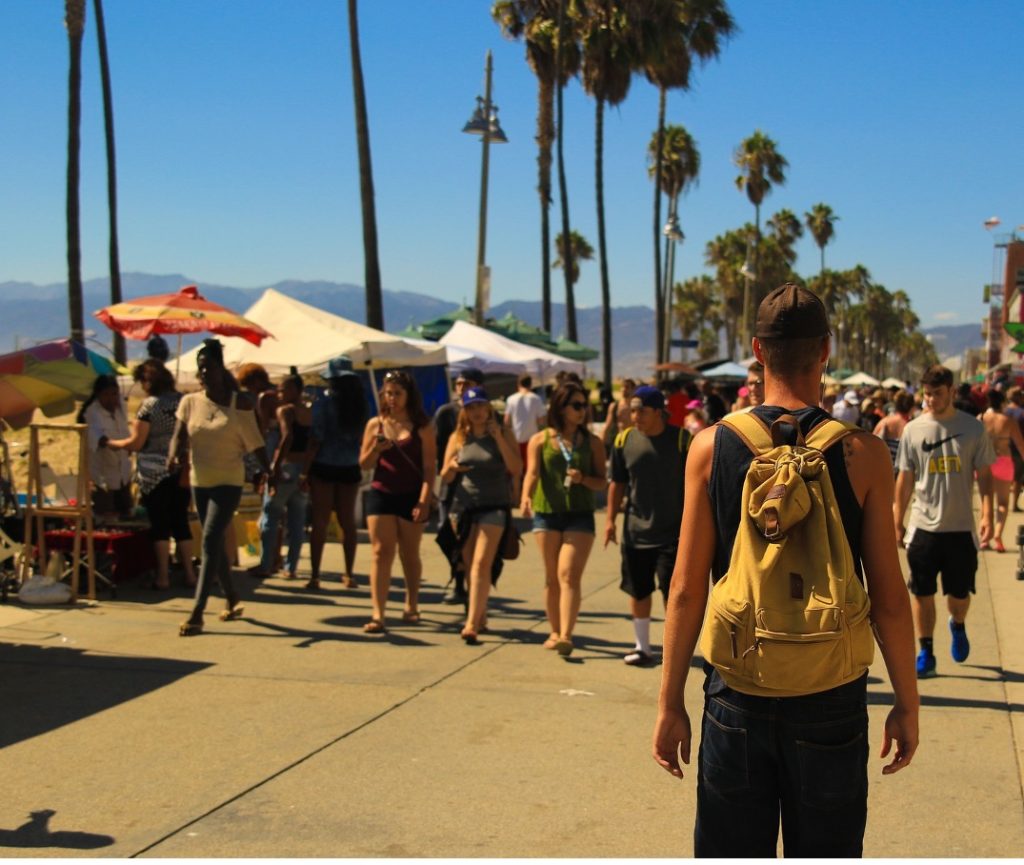Community-based tourism is one of the most significant parts of the tourism industry and key to destination sustainability. Despite their importance, communities are often neglected in tourism. Many tourism destinations overlook local peoples, or at best use them as gimmicks and labor for foreign visitors. Instead, tourism should serve as a tool to improve destination development and locals’ quality of life.
What is a community and what does it mean for tourism?
A community is defined as individuals living in the same region with common interests and interactions. However, community means more than sharing the same physical environment – many social-cultural factors are in play to create a community. In tourism, a community encompasses anyone living in a destination and is affected by tourism, either directly or indirectly.
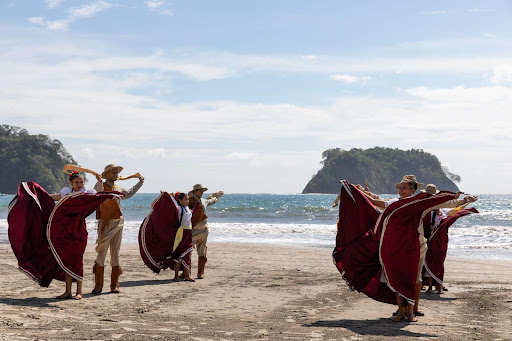
The importance of communities in tourism destinations
What is community-based tourism?
Community-based tourism falls under the umbrella of sustainable tourism. It aims to involve communities in aspects of tourism, ranging from planning to active participation. Community-based tourism seeks to support communities through tourism activities, and aims to offer tourists an authentic local experience. Solimar International has developed a CBT project in Timor-Leste.
In contemporary tourism planning, especially in developing countries, the voices of local residents often go unheard. Community empowerment aims to create dynamic and self-sufficient communities that will make decisions for their own well-being.
Unfortunately, a lack of sustainable planning in tourism ventures can create adverse effects in local communities. Community-based tourism aims to incorporate sustainability efforts and reduce the negative impacts of tourism, both on the environment and the residents of destinations.
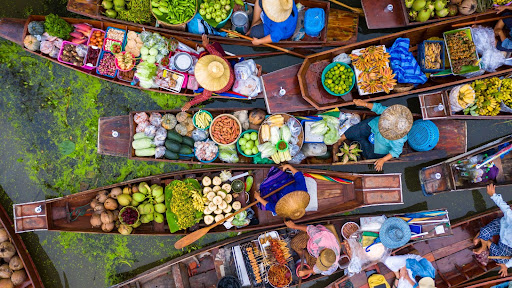
What are the potential negative impacts of tourism on communities?
When done thoughtfully with stakeholders in mind, tourism is hugely beneficial to communities. There are many reasons why it is important to measure the negative impacts of tourism. To better understand the importance of thoughtful community-based tourism, let’s look at some of the potential negative impacts of tourism on communities.
1. Economic Leakage and Higher Prices
Tourism greatly influences communities in developing countries, especially those that take in large amounts of foreign currency. The profit generated from tourism–if not used to benefit communities–can create revenue leakage, and may lead to inflation in the destination, making it hard for locals to gain or keep economic independence.
2. Dependence on Tourism
Communities become economically vulnerable when tourism is their main source of income. They can become dependent on foreign visitors and have difficulty sustaining their economy during off-seasons.
3. Commercialization of Traditions and Customs
Especially with regard to mass tourism, local peoples and their cultures have become marketing assets for tourism profit. Instead of preservation, local traditions and customs are commodified and used as tools to attract more tourists.

4. Cultural Deterioration
Interaction between locals and visitors can cause cultural clashes, and the rapid changes caused by an influx of tourism may agitate a community’s harmony and disrupt traditional living.
5. Environmental Damage
Tourism can also cause harm to the environment, leading to losses of natural resources and biodiversity, as well as general deterioration of the local biosphere as a whole.

Why is community important for sustainable tourism?
For a destination to be sustainable, tourism’s adverse economic, environmental, and social impacts should be limited. Local communities are motivated to minimize negative impacts to their homes in order to continue living in them, which is why community inclusion in the tourism sector is essential for sustainability.
1. A Self-sustained and Locally Managed Economy
Community-based tourism ensures locals make their own decisions and keep the money within their community. As a result, communities become self-sustainable. The funds created by tourism activities stay within the community and are used for its own good.
2. Going Back to Basics: Local knowledge for preservation and sustainability
Locals know how to maintain and protect their land. They are permanent residents, and they care about their environment. Locals also hold knowledge beyond what tourism professionals can provide. They know what is appropriate or not for their environment. Local involvement ensures tourism sustainability. Locals are trained to protect and sustain their environment for themselves and future touristic activities.
3. Active Participation and Community Involvement
In community-based tourism, locals actively participate in the tourism decision-making process, which causes communities to gain confidence and their voice to be heard. It is important to include communities for sustainability, as community decisions have more considerable impacts than that of individuals.
4. Increased Value and Protection of Local Culture
Community-based tourism is also essential for cultural preservation. The publicity of local cultures encourages locals to value and preserve their traditions and culture.
What are the benefits of community-based tourism to travelers?
Community-based tourism not only benefits locals, but also travelers.
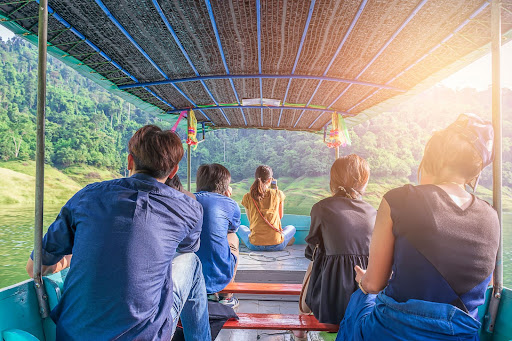
Here are some benefits of community tourism for travelers:
1. Experiencing the Authentic Culture
Community-based tourism gets closer to the community and the authentic culture. While a coach tour stops in a local village to buy handicrafts, community-based tourism involves tourists with the community and its lifestyle, which is a two-way interaction. Community-based tourism moves from the stereotypical, commercialized part of tourism to a genuine experience.
2. Unique Locations
Community-based tourism includes locations that mass tour operators may not prefer. It involves unique experiences and culturally dense areas fed by local knowledge.
3. Ethical Awareness and Responsible Traveling
Community-based tourism aims to provide opportunities for travelers to help locals. Tourists will know that their money is used for a good reason – the development of the destination. They will also leave knowing they have left a positive footprint.
4. Warm Welcome by Locals
Tourists have an unforgettable experience when they feel welcomed by locals. Community-based tourism puts importance on communities and tourists’ relationship with locals. Locals’ attitude is one of the leading influencers of why people prefer to travel to a destination.
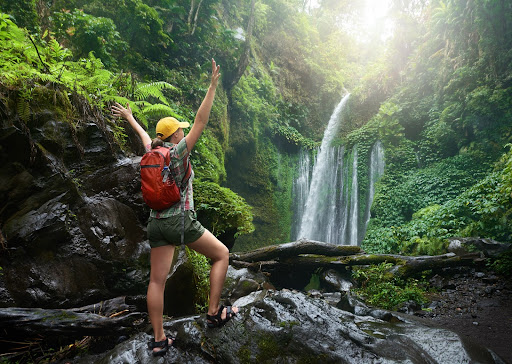
Conclusion
In short, tourism has a significant influence on communities, especially in developing countries. Most tourism destinations ignore locals and use them as a tool to attract more tourists.
To the contrary, community-based tourism includes locals in every part of the tourism planning and managing process. Locals learn to be active participants. They build value and confidence, improve their knowledge, and interact with tourists, which creates mutual understanding and learning. The more locals feel supported by tourism, the more they support and further tourism, which favors destination sustainability and protection of the culture and its values. Community-based tourism helps locals when traveling to a destination. It is a win-win situation for everyone involved in tourism.
